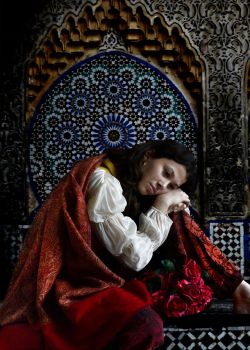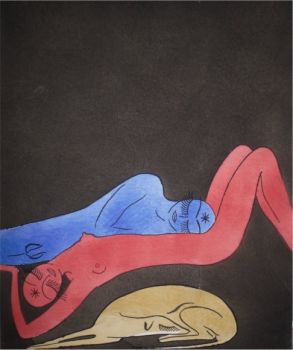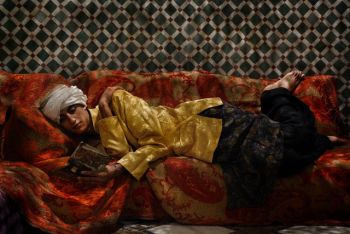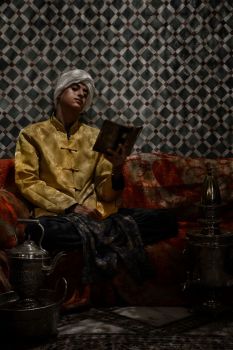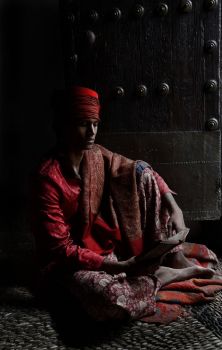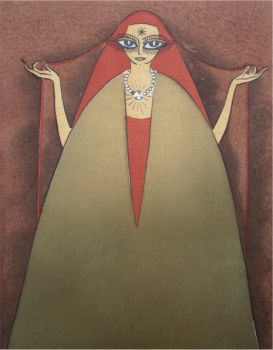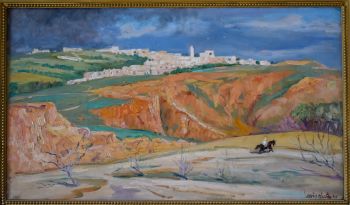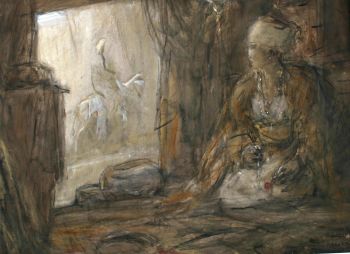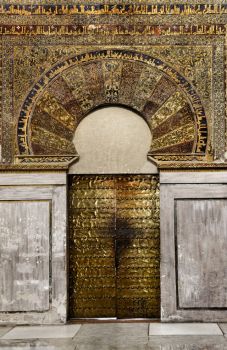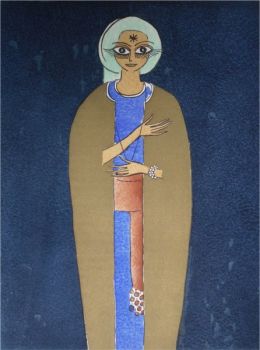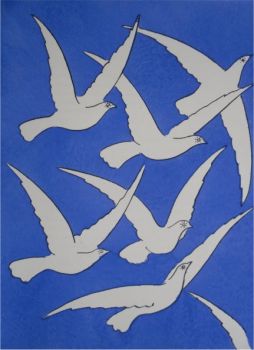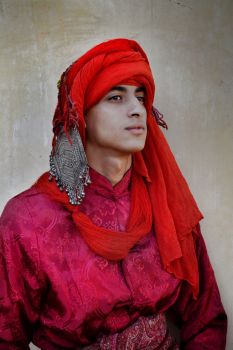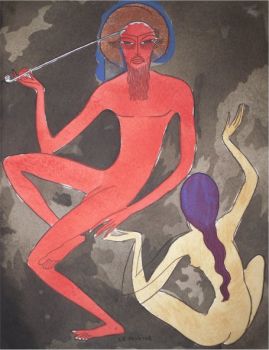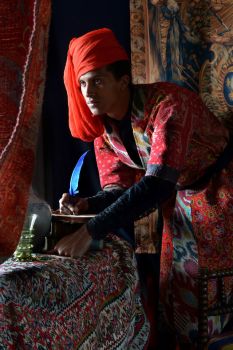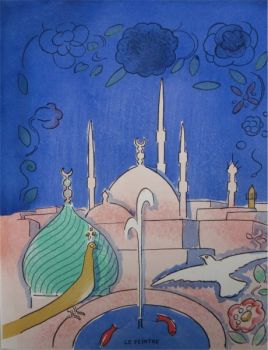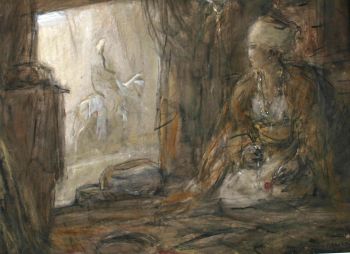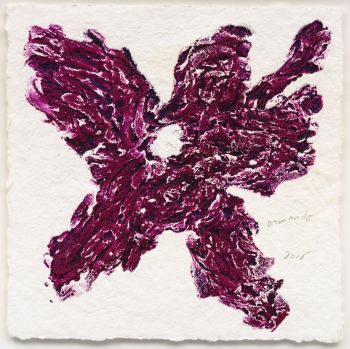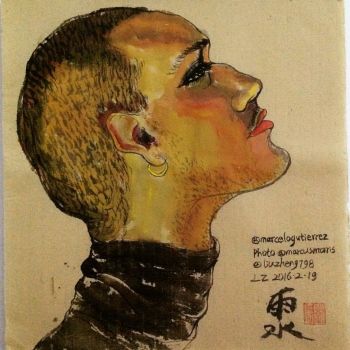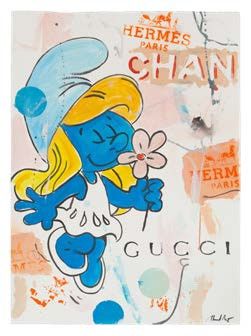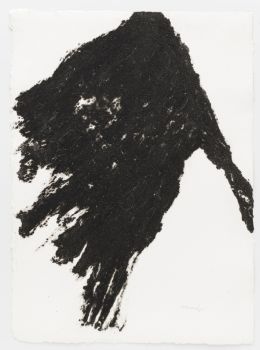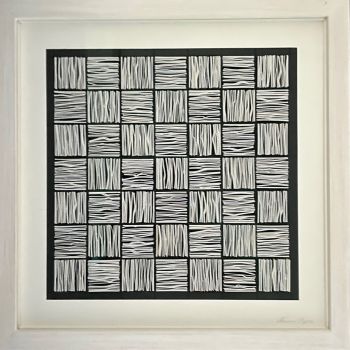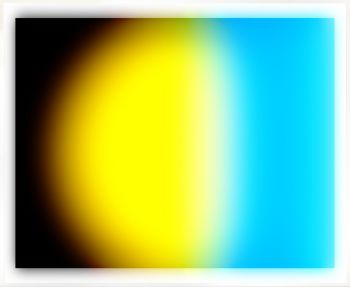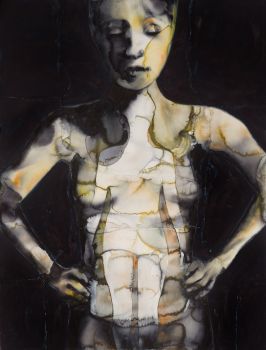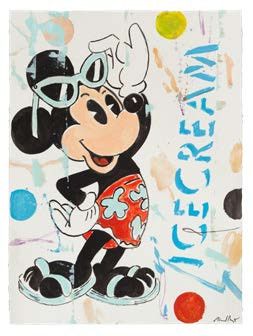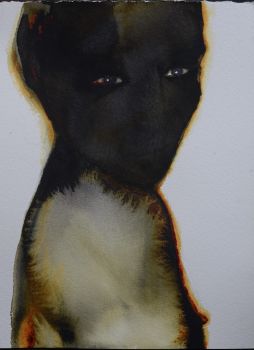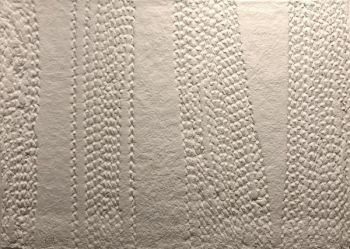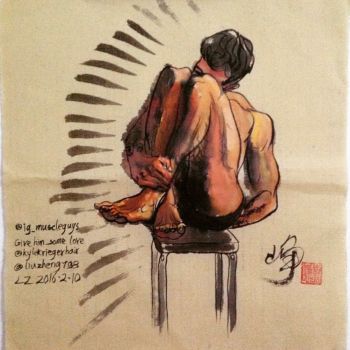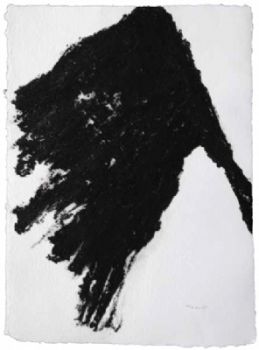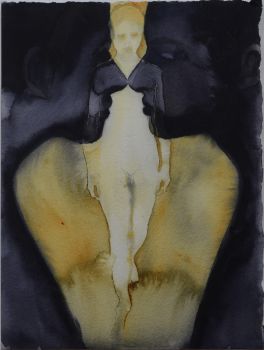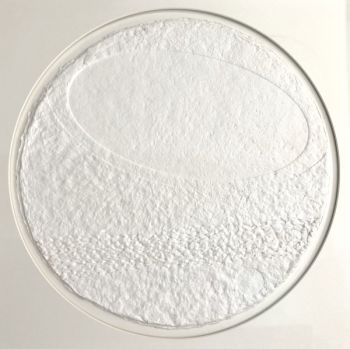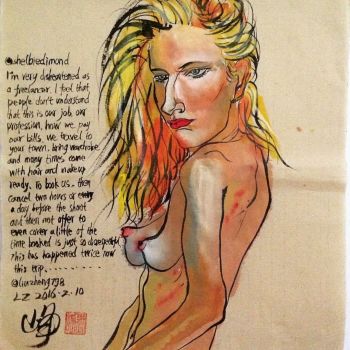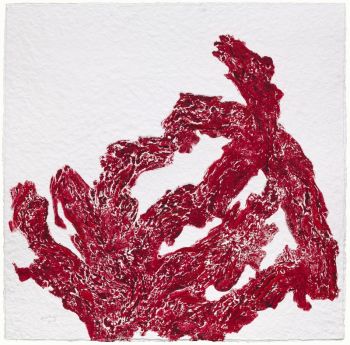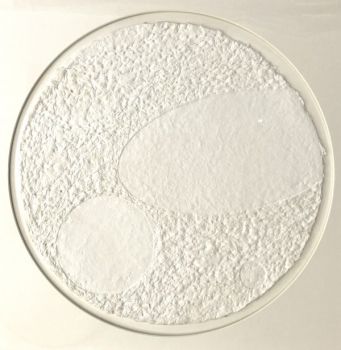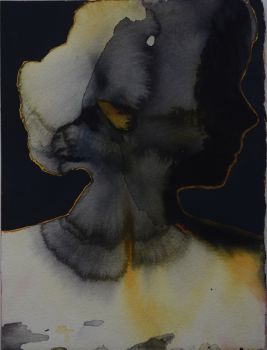Best edition of a classic Arabic grammar, with fables, proverbs and quotations 1656
Thomas van Erpe (Erpenius)
PapelPapel artesanal
Atualmente indisponível via Gallerease
- Sobre arteGrammatica Arabica; cum varia praxios materia, cujus elenchum versa dabit pagella.
Leiden, Johannes Maire, 1656.
2 parts in 1 volume.
4to.
Mid 19th-century half tan calf, gold- and blind-tooled spine.
Third edition, expanded and edited by Jacobus Golius, of Erpenius's classic Arabic grammar. The present edition is augmented with an Arabic chrestomathy that Fabricius had published in 1638.
Erpenius (1584-1624) revolutionized Arabic scholarship in Europe and made the Netherlands the most important European centre of Arabic studies before he died of the plague in 1624. His grammar remained the standard work in the field for two centuries.
With the owner's inscription on a free endleaf, and a meticulously lettered note on p. 42 of the Lockman fabels. Some small defects, but otherwise in very good condition, with only a small marginal tear repaired and an occasional minor and mostly marginal spot or stain. Binding with a restoration at the head and foot of the spine but otherwise good, with slight wear at the hinges and extremities. The best edition of a classic Arabic grammar.
Schnurrer 81 & 220; Smitskamp, Philologia orientalis 72; STCN (7 copies). - Sobre artistaThomas van Erpe / Thomas Erpenius (1584, Gorinchem - 1624, Leiden), também conhecido como Thomas van den Erpe, foi um famoso orientalista holandês. Depois de estudar línguas orientais - Scaliger o aconselhou - e teologia em Leiden, viajou pela Europa. Permanecendo em Paris, ele fez amizade com Casaubon, um célebre erudito clássico e filólogo. Em Paris também teve aulas de árabe e em Veneza estudou as línguas turca, persa e etíope. Erpênio foi nomeado professor de árabe e outras línguas orientais na Universidade de Leiden em 1613. Ele montou uma gráfica lá para o árabe e outras línguas orientais. Ele imprimiu sua primeira edição das fábulas de Luqman como sua primeira publicação experimental (sem pontos vocálicos para os tipos árabes). As anotações que ele fez para sua própria cópia foram incorporadas na segunda edição (com pontos vocálicos) de 1636. As fábulas de animais de Lukman eram uma parte importante da cultura árabe pré-islâmica e ainda são populares hoje. A biblioteca de Erpênio foi transferida para a Biblioteca da Universidade de Cambridge em 1632. Ele produziu muitas obras, entre outras gramáticas de várias línguas orientais: árabe, hebraico, caldeu, síria.
Artwork details
Related artworks
Tilmanus Nicolaus Maastricht
Missale Romanum com montagens de prata holandesa1788 - 1792
Preço em pedidoJacob J. Roosjen SRI
Engelbert Kaempfer
LIVRO ENGELBERT KAEMPFER1651 - 1716
Preço em pedidoZebregs & Röell - Fine Art - Antiques
LAWRENCE WEINER
"SKIMMING THE WATER [MENAGE A QUATRE]" Signed book plus small artwork2010 - 2014
Preço em pedidoGallerease Selected
Yoko Ono
YOKO ONO: "ARISING" SIGNED BOOK PLUS SMALL ARTWORK 2010 - 2014
Preço em pedidoGallerease Selected
Tilmanus Nicolaus Maastricht
Missale Romanum com montagens de prata holandesa1788 - 1792
Preço em pedidoJacob J. Roosjen SRI
Engelbert Kaempfer
LIVRO ENGELBERT KAEMPFER1651 - 1716
Preço em pedidoZebregs & Röell - Fine Art - Antiques
1 - 4 / 22Elisabeth Treskow
Lápis-lazúli afegão incrustado com ouro em um suporte de prata1950 - 1960
Preço em pedidoJacob J. Roosjen SRI
1 - 4 / 24- 1 - 4 / 24

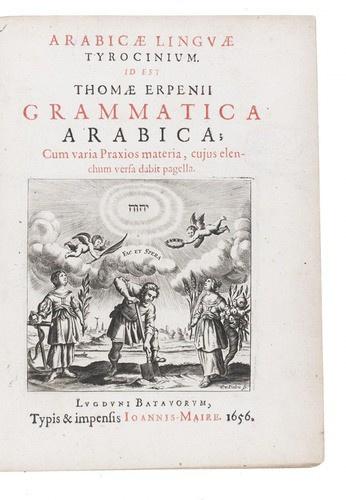










!["SKIMMING THE WATER [MENAGE A QUATRE]" Signed book plus small artwork by LAWRENCE WEINER](https://media-2.gallerease.com/images/442bfd5f-fc31-4e18-a2fa-ee0c08eade64/350x350/skimming-the-water-menage-a-quatre-signed-book-plus-small-artwork.jpg)












